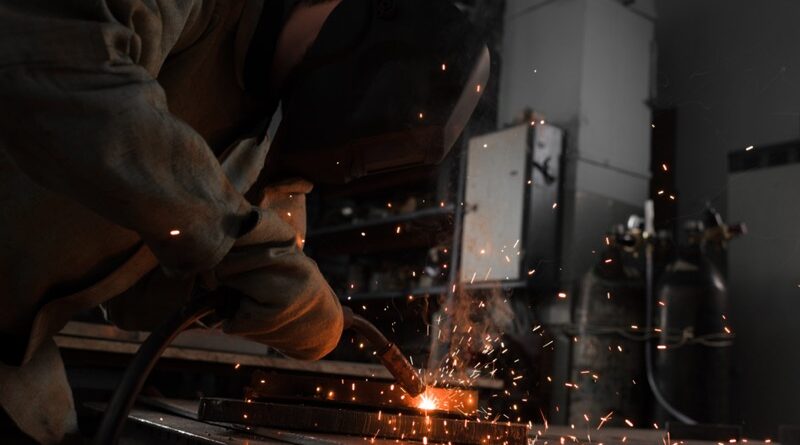How to Choose the Perfect Platen Welding Table
Welding is a crucial aspect of metal fabrication, and the choice of equipment plays a pivotal role in ensuring the quality and efficiency of the welding process. One such essential tool is the welding platen table, which provides a stable and reliable surface for welding operations. Selecting the right welding platen table is crucial for achieving accurate and precise welds. In this article, we’ll explore the key factors to consider when choosing a welding platen table.
1. Material and Construction:
The first consideration when selecting a welding platen table is the material and construction. The table should be made from high-quality materials that can withstand the heat, pressure, and mechanical stress associated with welding. Common materials include steel and cast iron, known for their durability and heat resistance. Ensure that the table is properly constructed with sturdy welds and a flat surface to provide a stable foundation for your welding projects.
2. Size and Surface Area:
The size of the welding platen table is another critical factor. The table should be large enough to accommodate the size of the workpieces you typically weld. Consider the dimensions of the projects you frequently undertake and choose a table with sufficient surface area. A larger surface area allows for better maneuverability and flexibility when positioning and welding various workpieces.
3. Flatness and Accuracy:
Precision is key in welding, and the flatness of the platen table directly impacts the accuracy of your welds. Look for a table that has been machined or ground to high tolerances to ensure a perfectly flat surface. This is particularly important for projects where precise alignment is crucial. A flat and accurate welding platen table will contribute to consistent and high-quality welds.
4. Heat Resistance and Thermal Stability:
Welding generates a significant amount of heat, and the welding platen table must be able to withstand this thermal stress. Choose a table that is heat-resistant and exhibits thermal stability. This prevents warping or deformation of the table surface, maintaining its flatness even under high temperatures. Thermal stability is especially important for long welding sessions or when working with high heat applications.
5. Fixture Compatibility:
Consider the compatibility of the welding platen table with fixtures and accessories. Some tables come with tooling holes that allow for easy attachment of fixtures and aids in securing workpieces. Having a versatile table that can accommodate various fixtures enhances the efficiency and flexibility of your welding operations.
Conclusion:
Selecting the right welding platen table is a crucial decision that directly impacts the quality, efficiency, and precision of your welding projects. By considering factors such as material, size, flatness, heat resistance, fixture compatibility, and portability, you can make an informed choice that aligns with your specific welding needs. Investing in a high-quality welding platen table is an investment in the success of your welding endeavors, ensuring consistent and reliable results.


